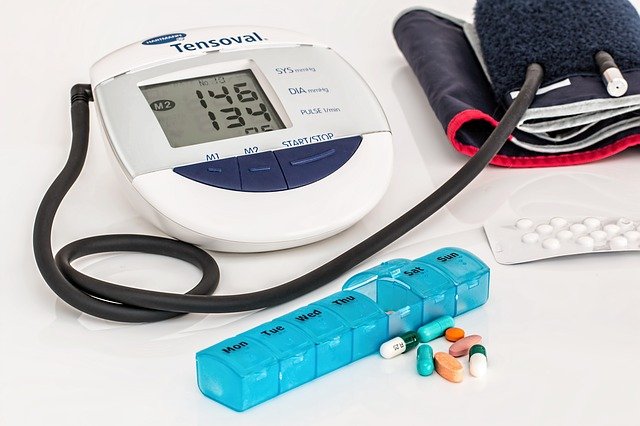
High blood pressure is a big risk factor for many chronic conditions, such as heart attack, kidney problems, and stroke.
Despite the availability of effective blood pressure-lowering drugs, high blood pressure remains a major problem around the world.
To lower blood pressure often, patients often need treatment with more than one medication.
This can increase the complexity of treatment, and patients often have difficulty adhering to regimens that involve taking multiple pills every day.
In one study, researchers find that a pill combining low doses of three blood pressure-lowering medications could control blood pressure better than usual care.
In addition, there was also no significant increase in adverse effects with the “Triple Pill.”
This study was the first large study designed to test the theory that starting treatment with low doses of three drugs could achieve better blood pressure control compared with usual care.
The study combined these drugs in a single pill and tested whether it became easier both for doctors to prescribe treatment and for patients to adhere to it.
The TRIUMPH trial, which was conducted in Sri Lanka, enrolled 700 patients whose average age was 56 years, 58% of whom were women.
The patients had an average blood pressure of 154/90 mm Hg. Over half (59%) were receiving no treatment for high blood pressure before they enrolled in the trial.
In addition to high blood pressure, 32% of the participants had diabetes or chronic kidney disease.
Patients were randomly assigned to receive either the combination pill or usual care.
The combination pill, or Triple Pill, consisted of the blood pressure medications telmisartan (20 mg), amlodipine (2.5 mg) and chlorthalidone (12.5 mg).
These medications use different mechanisms to reduce blood pressure by relaxing the blood vessels, so the heart does not need to pump as hard to send blood throughout the body.
Usual care meant that patients received their doctor’s choice of blood pressure¬-lowering medication.
The study’s primary endpoint was the proportion of patients who achieved a blood pressure target of 140/90 mm Hg or less (130/80 mm Hg or less in those with diabetes or chronic kidney disease) at six months.
Compared with patients receiving usual care, a much higher proportion of patients receiving the Triple Pill achieved their target blood pressure at six months.
The average reduction in blood pressure was 8.7 mm Hg for the Triple Pill group and 4.5 mm Hg for the usual care group.
At six months, 83% of participants in the Triple Pill group were still receiving the combination pill and one-third of those in the usual-care group were receiving at least two blood pressure-lowering drugs.
The maximum difference between the two groups of patients was at six weeks after starting treatment.
About 68% of those in the Triple Pill group had achieved a blood pressure within their target range, compared with 44% of those receiving usual care.
This represented a 53% reduction in the risk for high blood pressure for patients receiving the Triple Pill.
Rates of participants having to change treatment due to side effects were not significantly different in the two groups (6.6% for the Triple Pill, 6.8% for usual care).
This should allay concerns that use of the three-drug combination pill could lead to an unacceptable increase in adverse medication side effects.
In addition, Each of the drugs used in the Triple Pill has been shown to be highly effective in reducing blood pressure and preventing deaths and illness due to heart disease and strokes.
Each drug represents a different class of blood pressure medication and previous studies have shown that combining such drugs results in synergistic effects.
An inevitable consequence of a necessarily unblinded study (where both participants and their doctors know whether participants are assigned to the Triple Pill or usual care) is that doctors might manage patients differently depending on the assigned treatment.
However, it is important to note this study was designed to evaluate a new strategy of care in a real-world setting.
To minimize the risk of bias in measuring the main outcomes, the number of patient visits was identical in both groups and all outcomes were standardized and objectively documented.
The researchers are now conducting a follow-up study to find out what participants and their doctors thought about using the Triple Pill.
And they are trying to determine whether the Triple Pill is a cost-effective solution for blood pressure control.
Copyright © 2018 Knowridge Science Report. All rights reserved.



